Microsoft plots major Windows 10 UI refresh for 2-in-1s
The Spring 2020 update features a more desktop-like experience for convertibles in 'tablet mode'
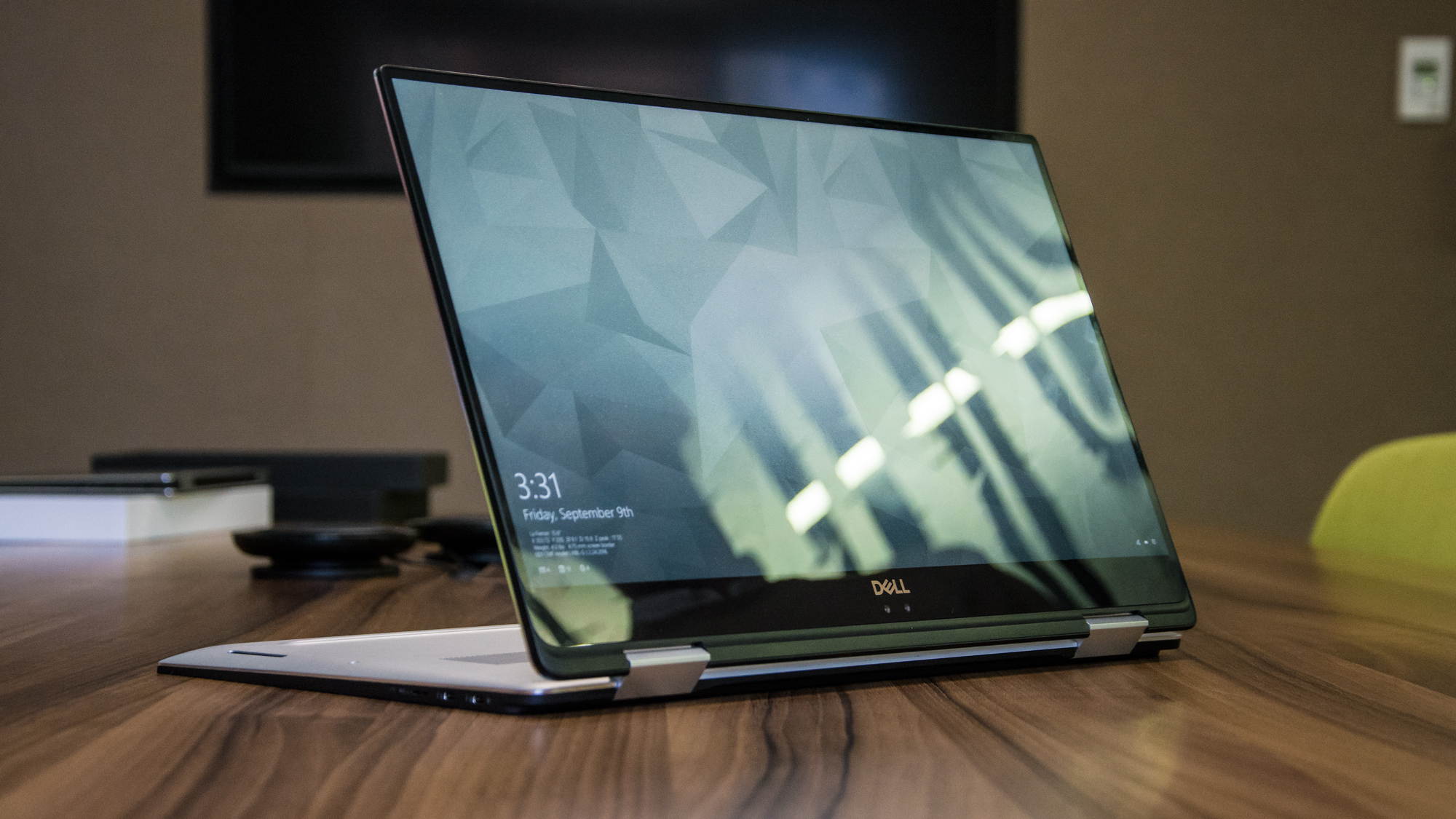

Windows Insiders have been given access to the beta version of the Windows 10 Spring 2020 update, which features a redesigned tablet mode' user interface (UI) for customers of 2-in-1 devices.
In a major departure from the firm's tablet-first mantra of the past, the visual interface when users switch their 2-in-1s to tablet mode will be more desktop-like than ever before. The major design changes include collapsed search and Cortana buttons, increased spacing between taskbar icons and a touch keyboard that auto-invokes when users tap text fields.
The current tablet mode' featured in the latest version of Windows 10 differs in a host of ways from the touted changes, in a sort of hangover from the Windows 8-era days of its tile-based UI.
The start menu, for example, kicks users into a tablet-optimised full-screen tile layout. It's these kinds of features, however, that Microsoft is now reversing and making more desktop-like while keeping touch-optimised elements of the existing UI.
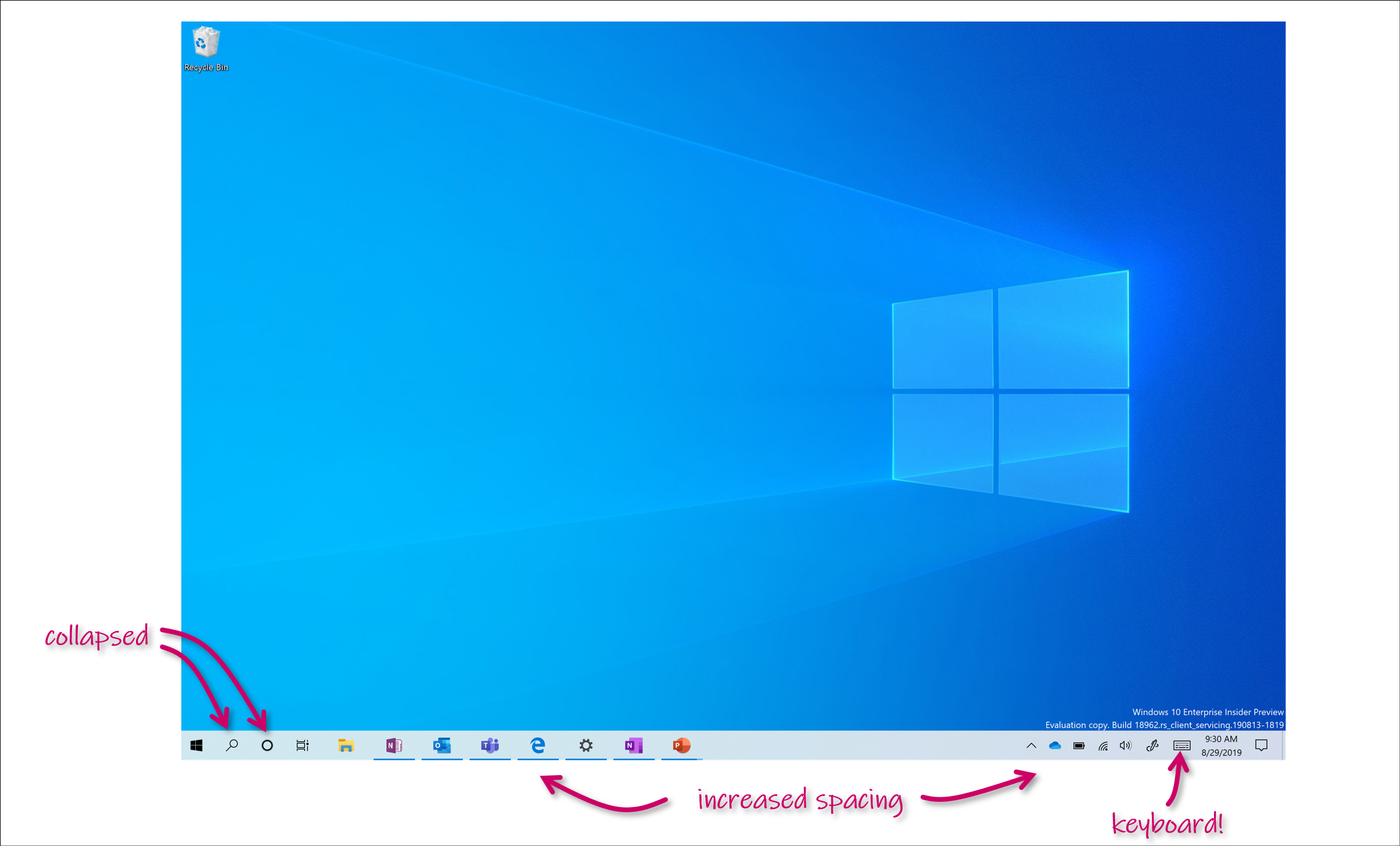
Some of the changes set to be rolled out to 'tablet mode' with the Spring 2020 Windows 10 upgrade
The altered UI is only available to a portion of Windows Insiders as Microsoft receives feedback and makes changes to the system ahead of its full release next year. It's also only available for users on 2-in-1 devices like the Dell Latitude 7400 2-in-1 and the HP Elite X2 1013 - not dedicated tablets using the Windows operating system (OS).
Microsoft is also using its latest preview build to introduce a new cloud download option for users who wish to reset' their version of Windows.
Get the ITPro daily newsletter
Sign up today and you will receive a free copy of our Future Focus 2025 report - the leading guidance on AI, cybersecurity and other IT challenges as per 700+ senior executives
The cloud download option will reinstall the same OS build, version and edition installed on users' devices, and differs from a specific cloud recovery feature that was available on previous iterations of Windows 10. This form of recovery removes all apps installed on a device, and may also delete local data if users pick this option.
These features may give added incentive to the scores of businesses still using Windows XP and Windows 7 to upgrade their OS to the most secure and stable version of Windows. There are, indeed, a "concerning" number of businesses still reliant on these legacy systems, according to research released this week.
Microsoft has, however, offered select organisations still using Windows 7 an extra year of free support beyond the 14 January end-of-life date should they qualify.

Keumars Afifi-Sabet is a writer and editor that specialises in public sector, cyber security, and cloud computing. He first joined ITPro as a staff writer in April 2018 and eventually became its Features Editor. Although a regular contributor to other tech sites in the past, these days you will find Keumars on LiveScience, where he runs its Technology section.
-
 Meta just revived plans to train AI models using European user data
Meta just revived plans to train AI models using European user dataNews Meta has confirmed plans to train AI models using European users’ public content and conversations with its Meta AI chatbot.
By Nicole Kobie
-
 AI is helping bad bots take over the internet
AI is helping bad bots take over the internetNews Automated bot traffic has surpassed human activity for the first time in a decade, according to Imperva
By Bobby Hellard
-
 Major educational hurdles need addressing to boost UK's GDP through open source
Major educational hurdles need addressing to boost UK's GDP through open sourceNews Experts have called for better insight into the responsibilities associated with adopting open source for the future of the community
By Rory Bathgate
-
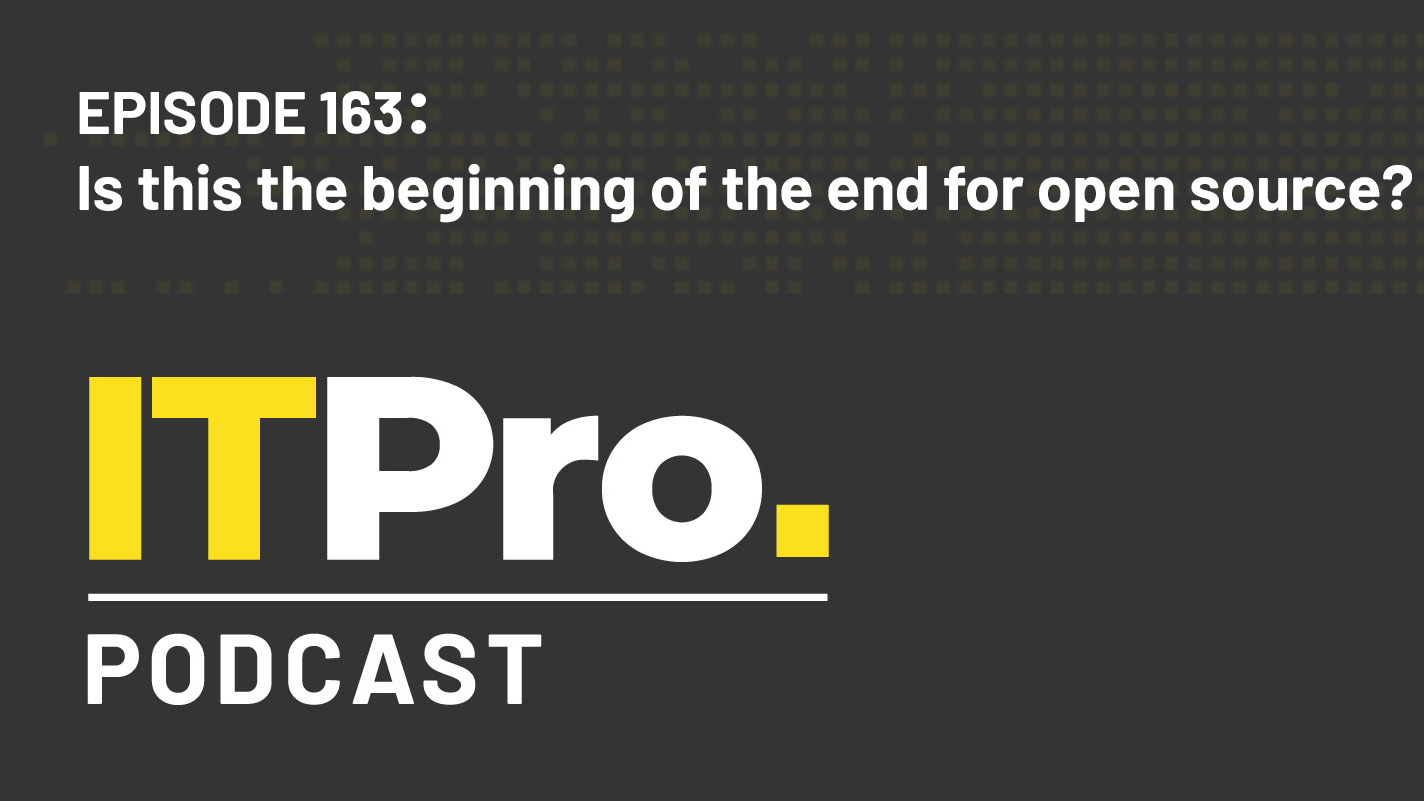 The IT Pro Podcast: Is this the beginning of the end for open source?
The IT Pro Podcast: Is this the beginning of the end for open source?ITPro Podcast There’s positive momentum in the open source community, but key players are questioning its longevity
By IT Pro
-
 Existential tensions put open source on path to crisis point
Existential tensions put open source on path to crisis pointAnalysis Divisions within the community, weariness towards corporates, and the spectre of regulation all challenge the future of open source
By Keumars Afifi-Sabet
-
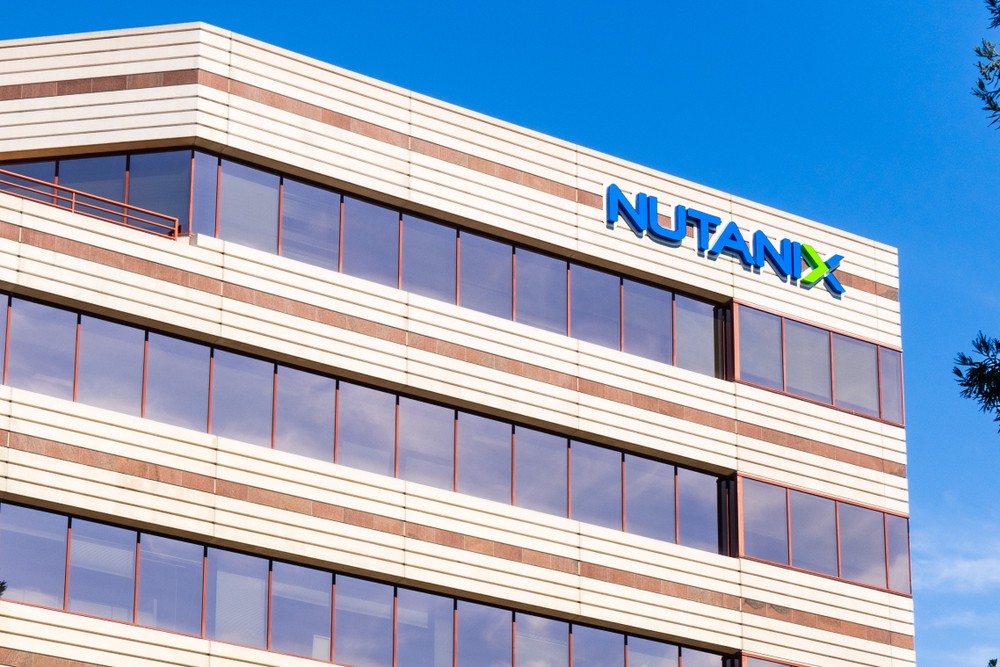 Nutanix accused of violating open source licence in object storage product
Nutanix accused of violating open source licence in object storage productNews MinIO claims it has tried and failed to resolve the issues with the company for three years
By Connor Jones
-
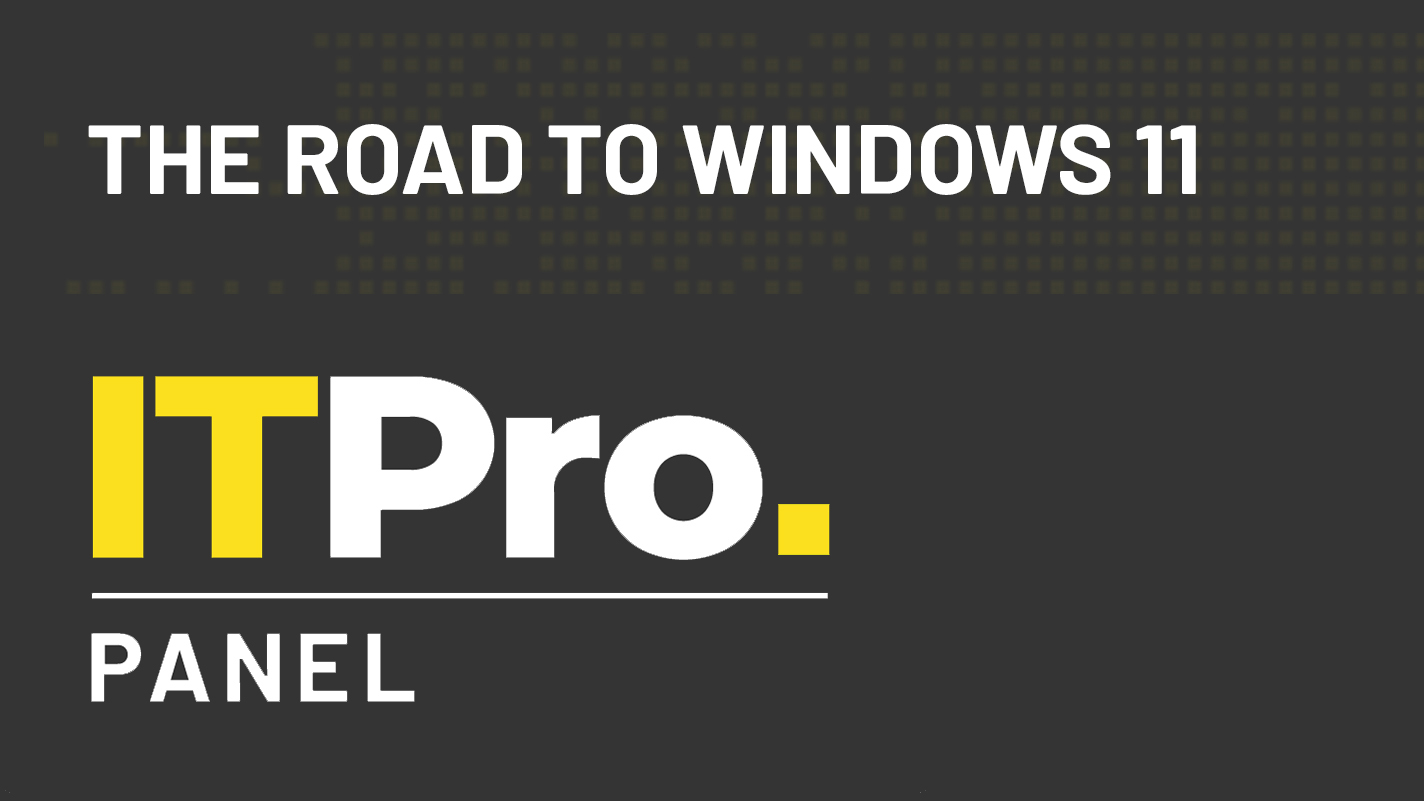 IT Pro Panel: The road to Windows 11
IT Pro Panel: The road to Windows 11IT Pro Panel As the new OS gears up for rollout, we talk to our panellists about their upgrade plans
By Adam Shepherd
-
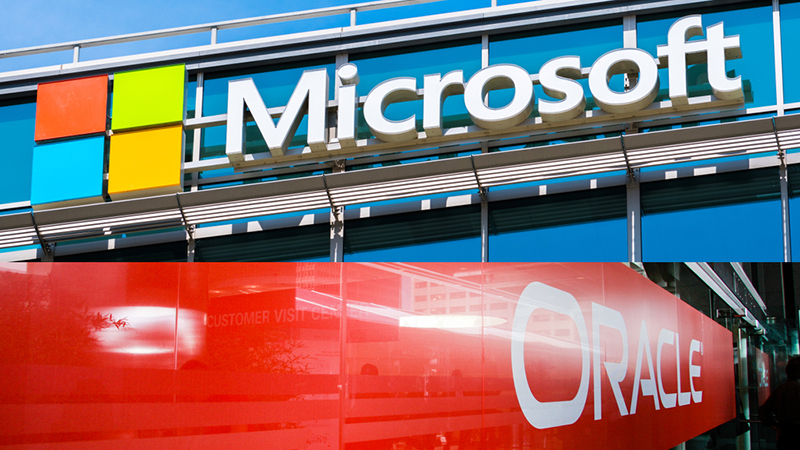 Microsoft and Oracle slammed over 'anti-competitive' software practices
Microsoft and Oracle slammed over 'anti-competitive' software practicesNews Research takes aim at the industry, and the two tech giants in particular, for long-running anti-competitive practices
By Connor Jones
-
 Getting to grips with licence management
Getting to grips with licence managementIn-depth Can you be certain that everything on your network is properly licensed and paid for?
By Steve Cassidy
-
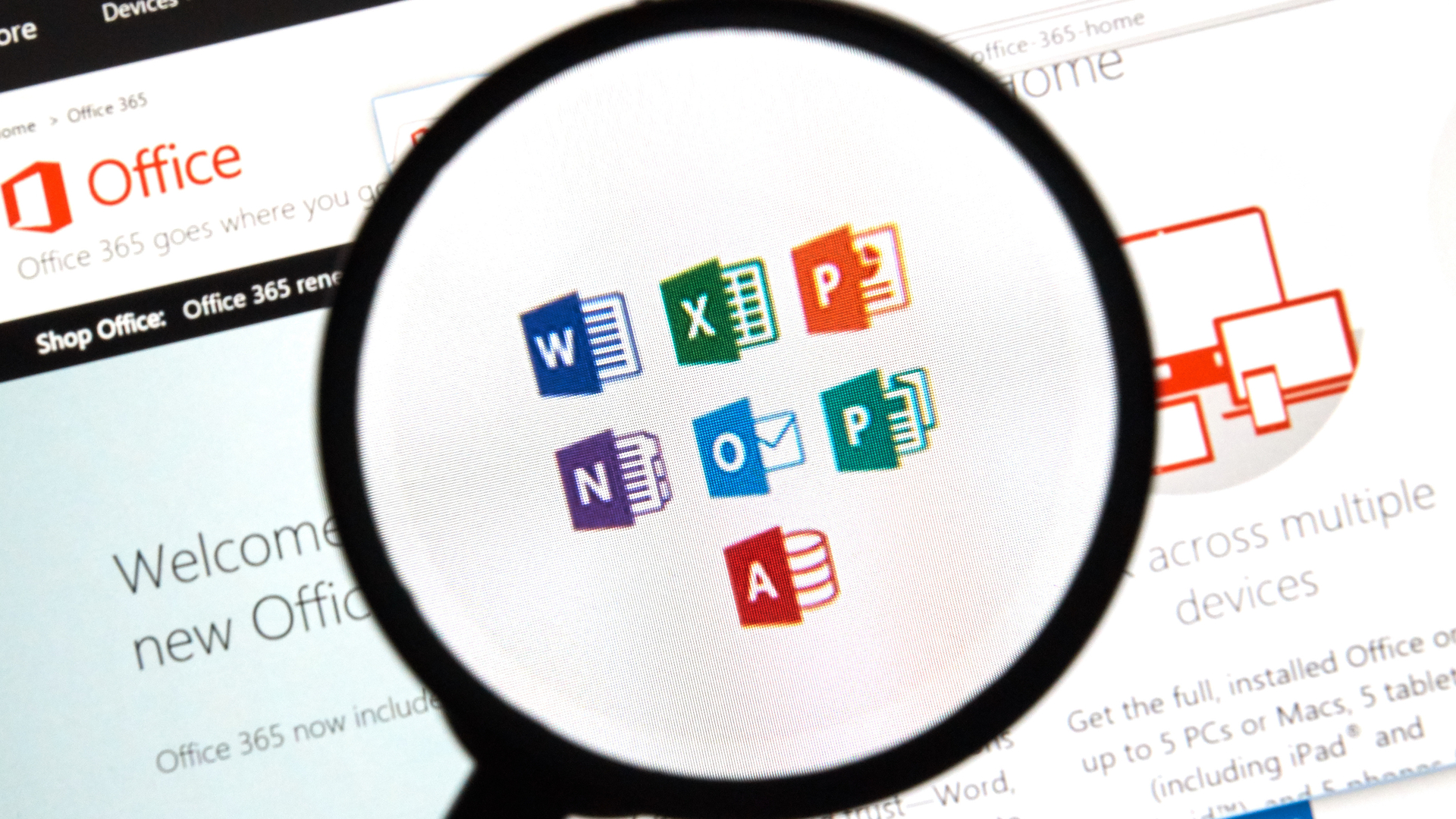 Microsoft hints at standalone successor to Office 2019 suite
Microsoft hints at standalone successor to Office 2019 suiteNews The firm appears to U-turn on plans to scrap 'perpetual licence' editions of Microsoft Office
By Keumars Afifi-Sabet